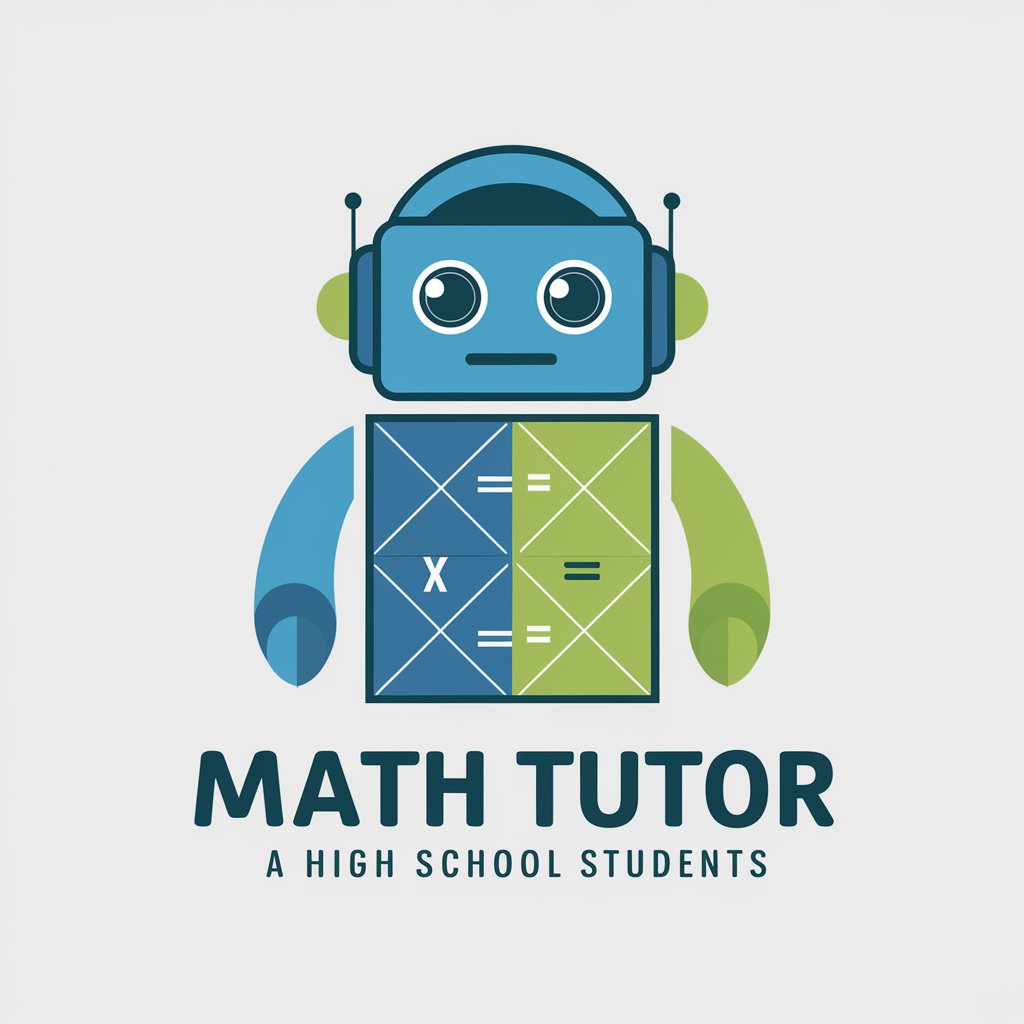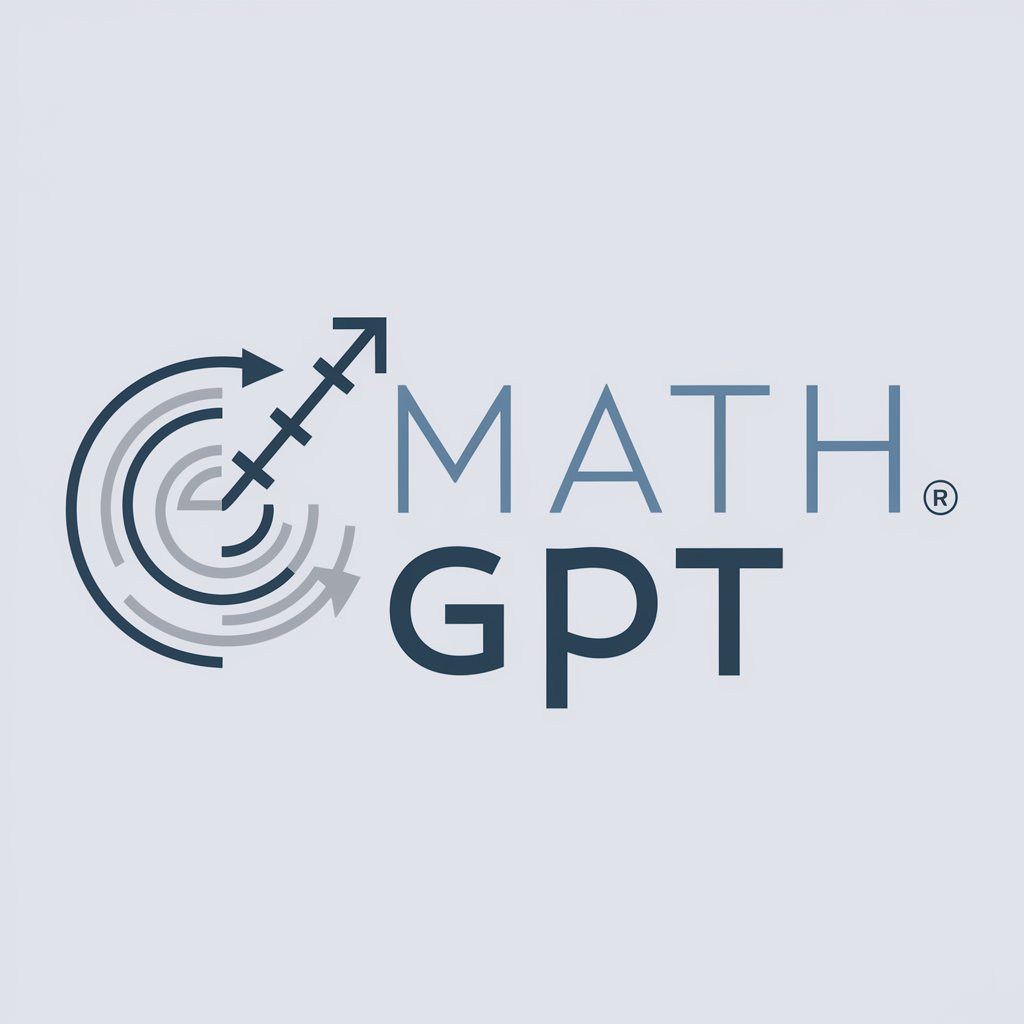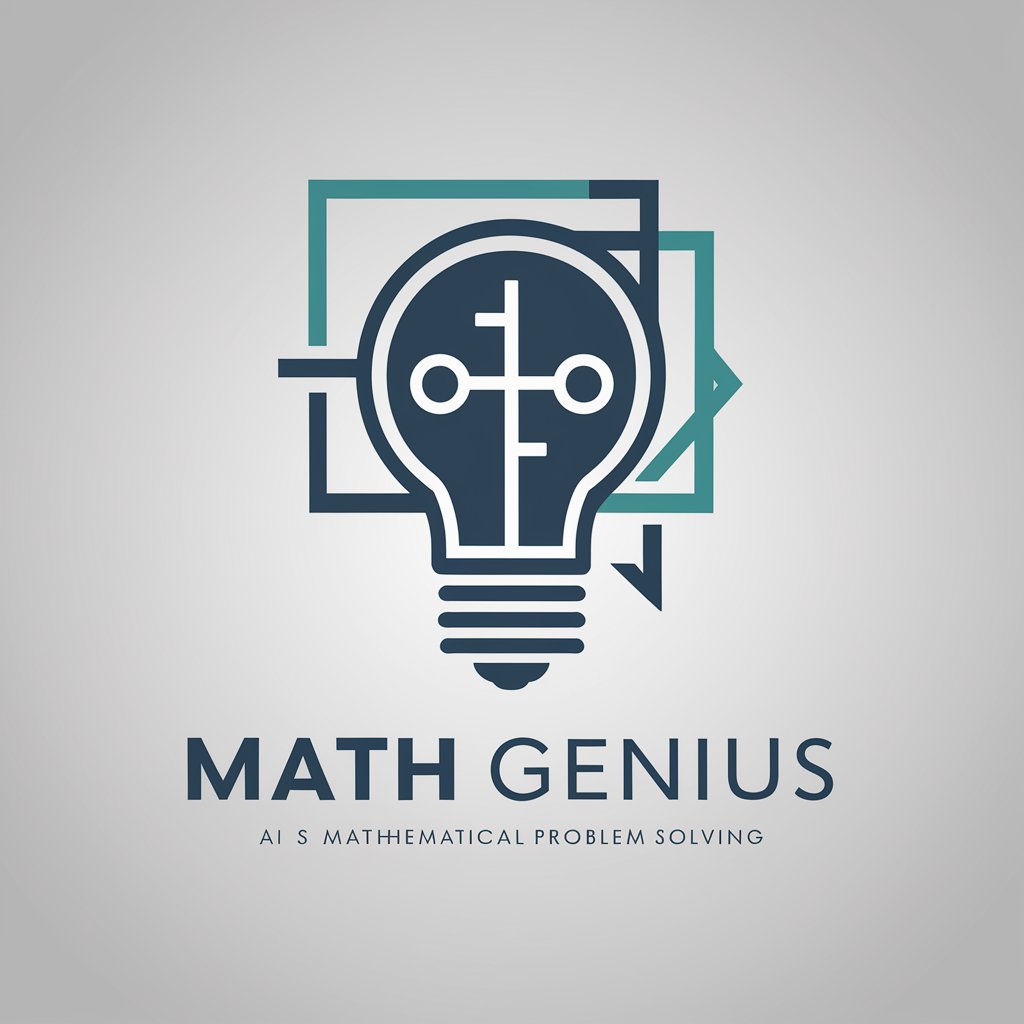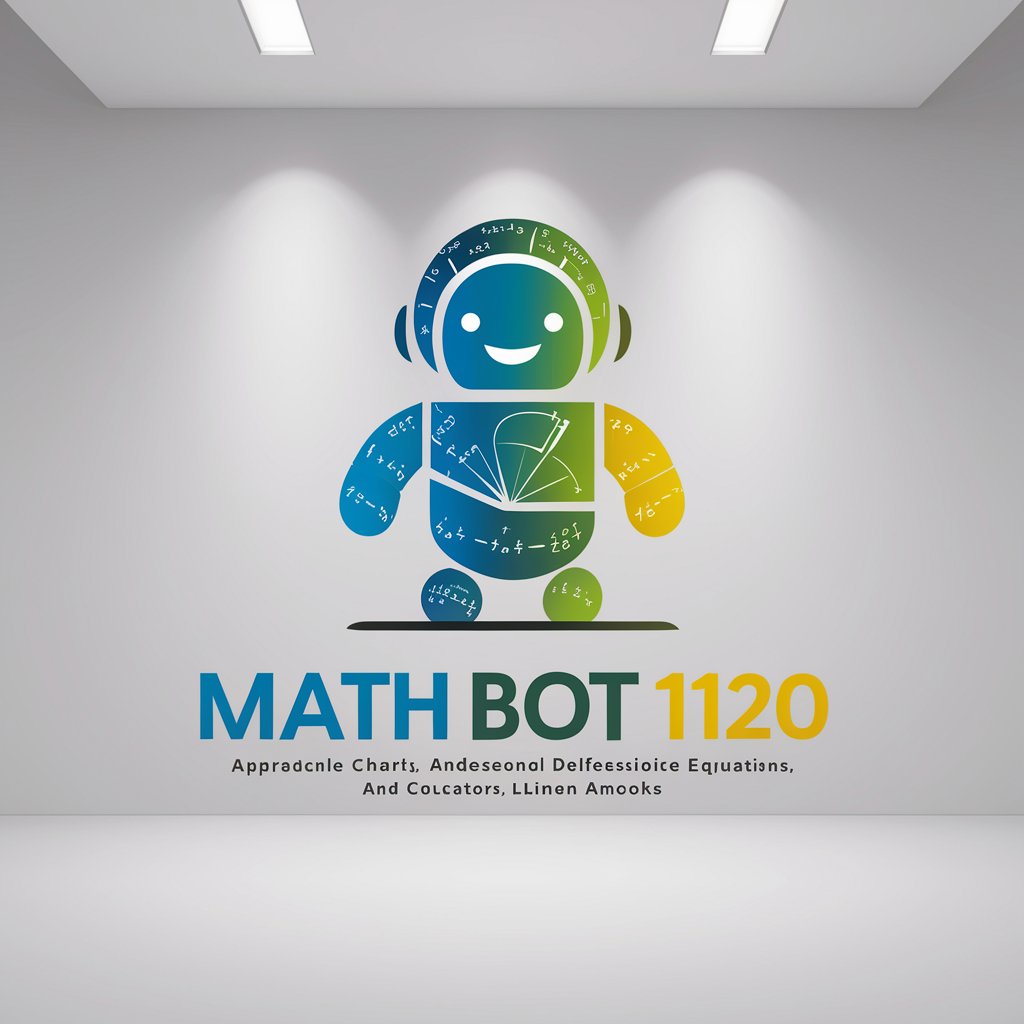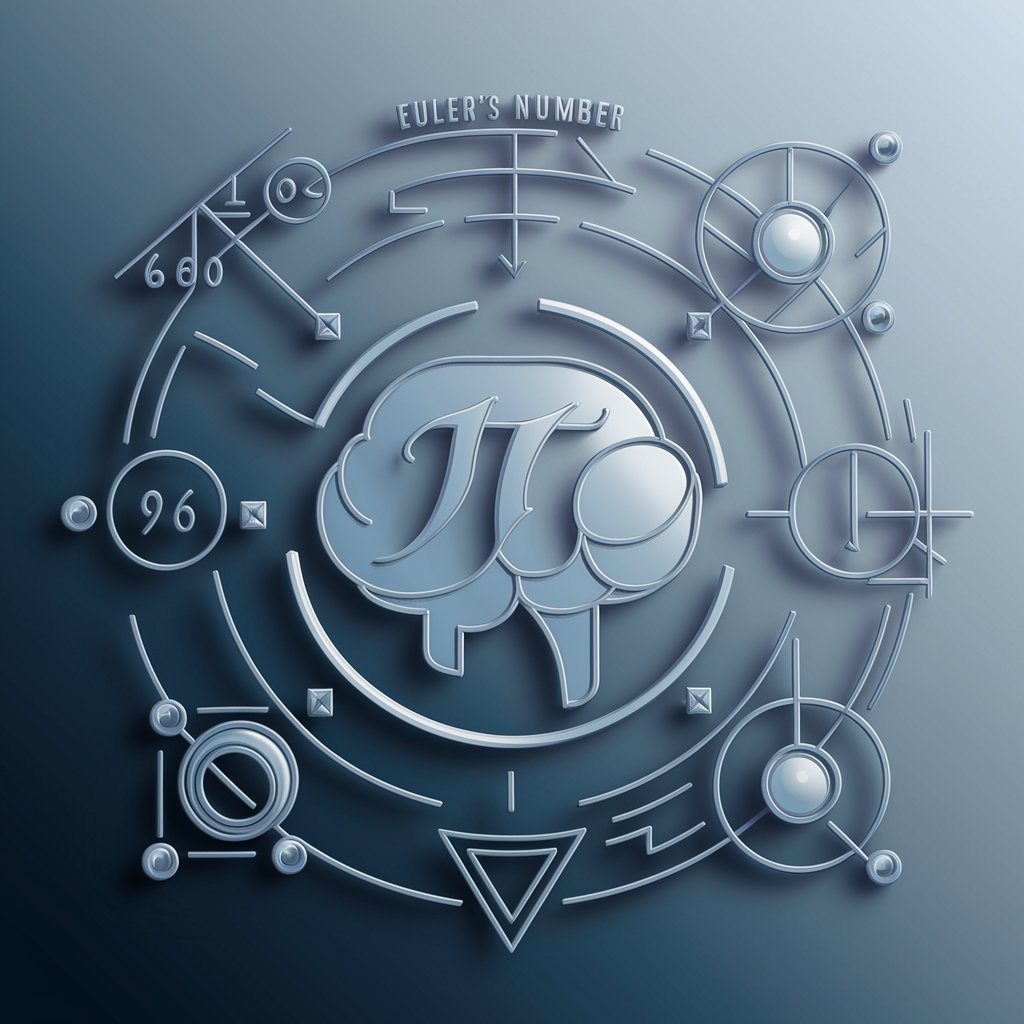
Math - Comprehensive Math Assistance
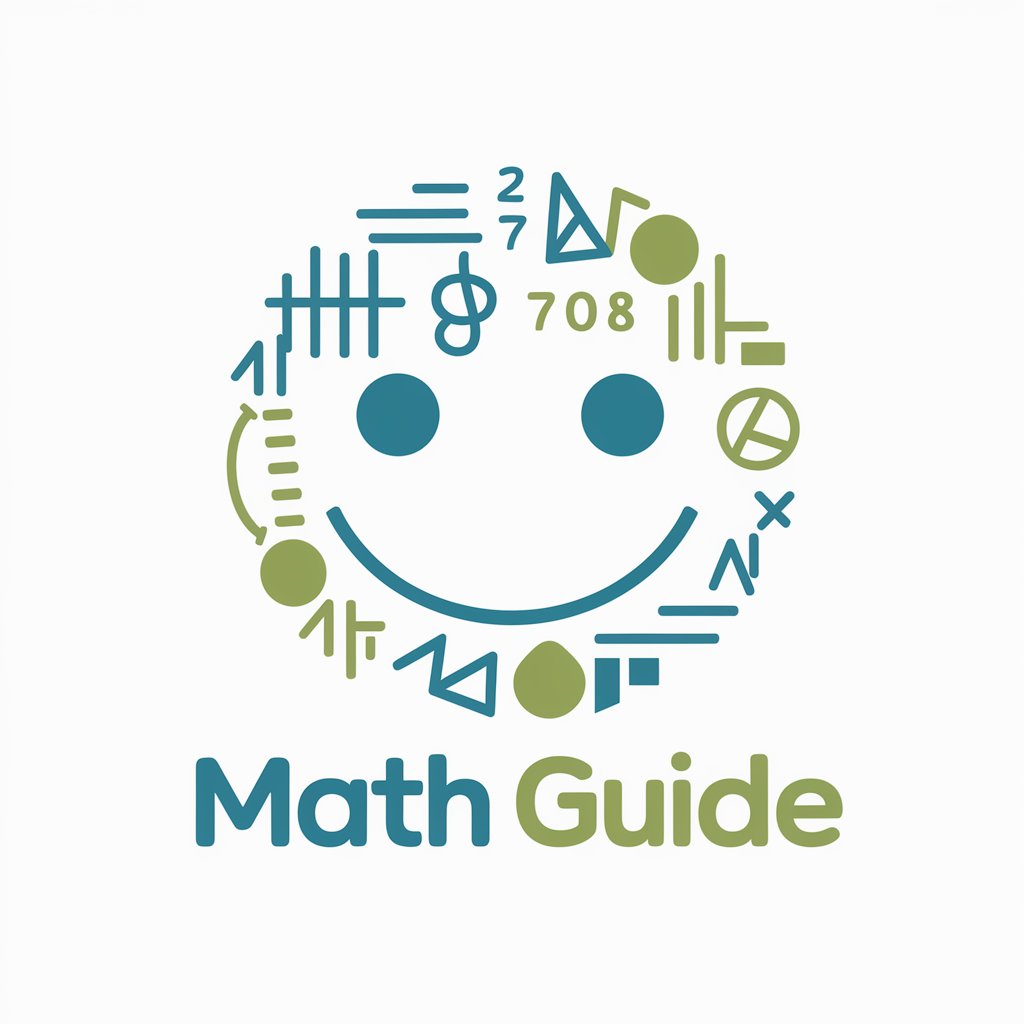
Hello! How can I assist you with your math today?
Empowering Math Learning with AI
Can you explain how to solve this calculus problem?
What are the key concepts in linear algebra?
How do you find the probability of an event?
What are the steps to solve a differential equation?
Get Embed Code
Introduction to Mathematics and Its Purpose
Mathematics is a vast and fundamental field of study that involves the investigation of patterns, structures, and relationships among quantities, shapes, and forms. It uses a unique language of numbers and symbols to describe the world around us, enabling the formulation and solving of problems across various domains. Mathematics is designed to offer logical and systematic ways of thinking, which are crucial for critical reasoning, analytical thought, and the ability to approach complex problems. For example, basic arithmetic (addition, subtraction, multiplication, division) is used in everyday situations like budgeting, cooking, and planning travel distances. At a more advanced level, calculus helps in understanding changes between values that are related by a function, essential for fields like physics, engineering, and economics. Algebra allows for the representation of problems through equations and the solving for unknown variables, critical in construction, technology development, and research. Powered by ChatGPT-4o。

Main Functions of Mathematics and Their Applications
Problem-solving
Example
Using algebra to solve for unknown variables in real-life situations, such as determining the dimensions needed to build a structure with a given area.
Scenario
In construction, to calculate the amount of materials needed, builders use algebraic equations to solve for unknown measurements, optimizing costs and resources.
Logical reasoning
Example
Applying principles of logic in mathematics to construct proofs and validate theories, which is foundational in computer science for algorithm development.
Scenario
Computer scientists design algorithms based on logical structures derived from mathematical principles, ensuring software performs tasks efficiently and correctly.
Quantitative analysis
Example
Using statistics and probability to analyze data sets, make predictions, and inform decision-making processes in business and science.
Scenario
In market research, statistical methods are applied to analyze consumer data, helping businesses understand trends, make forecasts, and devise strategies.
Spatial reasoning
Example
Utilizing geometry and trigonometry to understand and manipulate shapes and spaces, essential in architecture and design.
Scenario
Architects use geometry to plan spaces and trigonometry to calculate angles and distances, ensuring structures are both aesthetically pleasing and structurally sound.
Abstract thinking
Example
Exploring concepts like infinity, continuity, or imaginary numbers, which play crucial roles in advanced mathematics and theoretical physics.
Scenario
Theoretical physicists use abstract mathematical concepts to describe and predict phenomena in the universe, such as the behavior of particles at quantum levels.
Ideal Users of Mathematical Services
Students and Educators
Students across all levels of education benefit from understanding mathematical concepts to enhance their analytical, reasoning, and problem-solving skills. Educators use mathematics to teach these skills through structured curricula, fostering a foundation for lifelong learning and application in various professional fields.
Professionals in STEM Fields
Scientists, engineers, technologists, and mathematicians rely on mathematical principles to conduct research, develop new technologies, solve engineering problems, and analyze scientific data, making mathematics indispensable in their work.
Financial Analysts and Economists
These professionals use mathematical models to predict market trends, analyze economic conditions, and provide advice on investment and financial strategies, requiring a deep understanding of quantitative analysis.
Data Scientists and Analysts
In the era of big data, these individuals apply statistical models, machine learning algorithms, and data analysis techniques to extract insights from data, driving decision-making in business, healthcare, and public policy.
General Public
Everyday people use basic mathematics for managing finances, planning projects, and making informed decisions in daily life. A fundamental understanding of math enhances logical thinking and problem-solving abilities in personal and professional contexts.

How to Utilize Math Guide Effectively
Begin with a Free Trial
Start by accessing a free trial at yeschat.ai, where you can explore Math Guide's features without needing to sign up or subscribe to ChatGPT Plus.
Identify Your Math Problem
Clearly define the math problem or concept you're struggling with. Knowing exactly what you need help with allows Math Guide to provide the most accurate assistance.
Use Visual Aids
For complex problems, consider uploading images or diagrams. Visual aids can make it easier to understand and solve intricate mathematical questions.
Explore Diverse Topics
Leverage Math Guide for a wide range of topics, from basic arithmetic to advanced calculus. Don't hesitate to ask about different mathematical fields.
Practice Regularly
To maximize your learning, practice regularly with the problems provided by Math Guide. Consistent practice helps reinforce concepts and improve problem-solving skills.
Try other advanced and practical GPTs
Buddha Dharma Guide
Unlocking Buddhist teachings with AI

OPDCF
Empowering Your Digital and Real Estate Ventures

Exam Cheater
Ace Your Exams with AI

test gpt
Empowering Creativity with AI

GPT Workshop
Simplifying AI-powered GPT development.
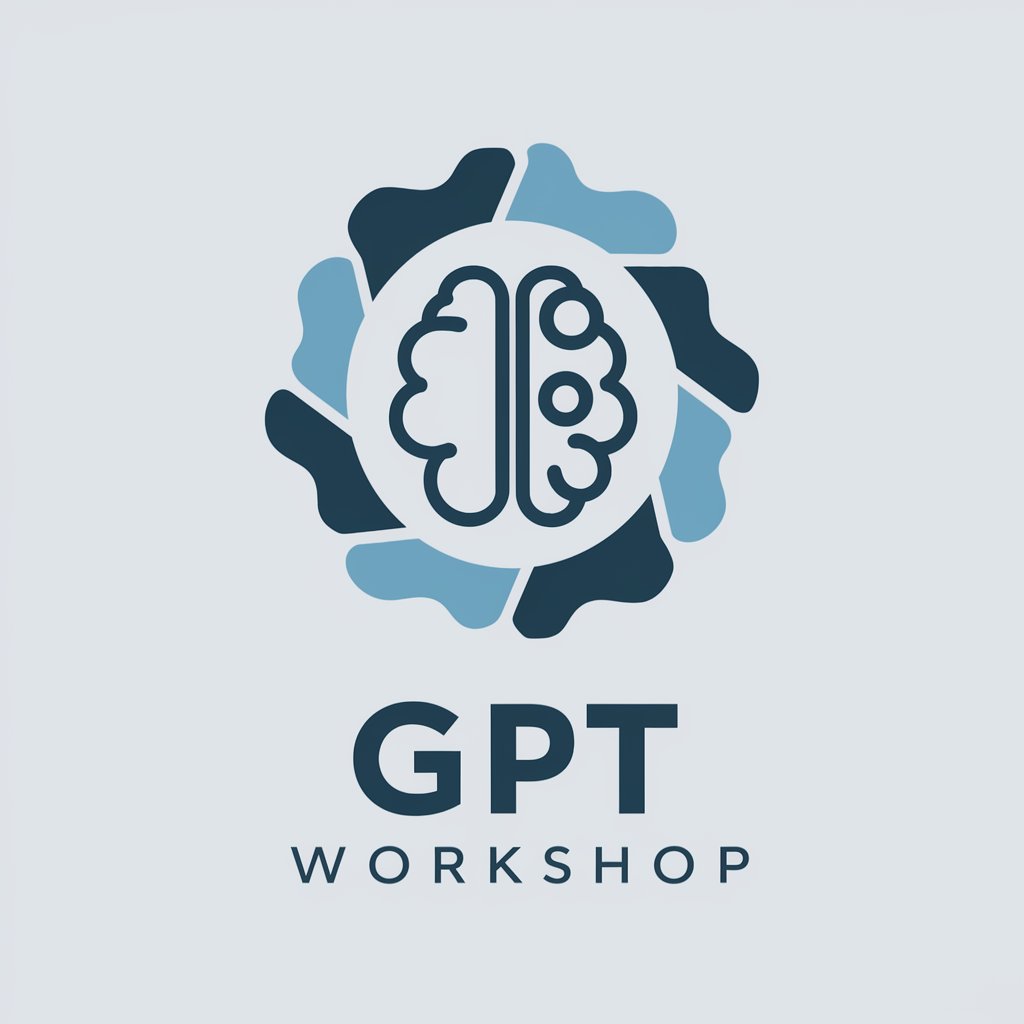
无人机专家顾问
Elevate Your Drone Projects with AI-Powered Insights

Toys from Thrash
Transforming trash into educational treasures.

Christmas Gift Helper
AI-powered, personalized holiday gift suggestions.

Aquarium Advisor
Empowering Aquarium Care with AI

IMPACTO DE LA IA EN LOS SERVICIOS FINANCIEROS
Empowering finance with AI
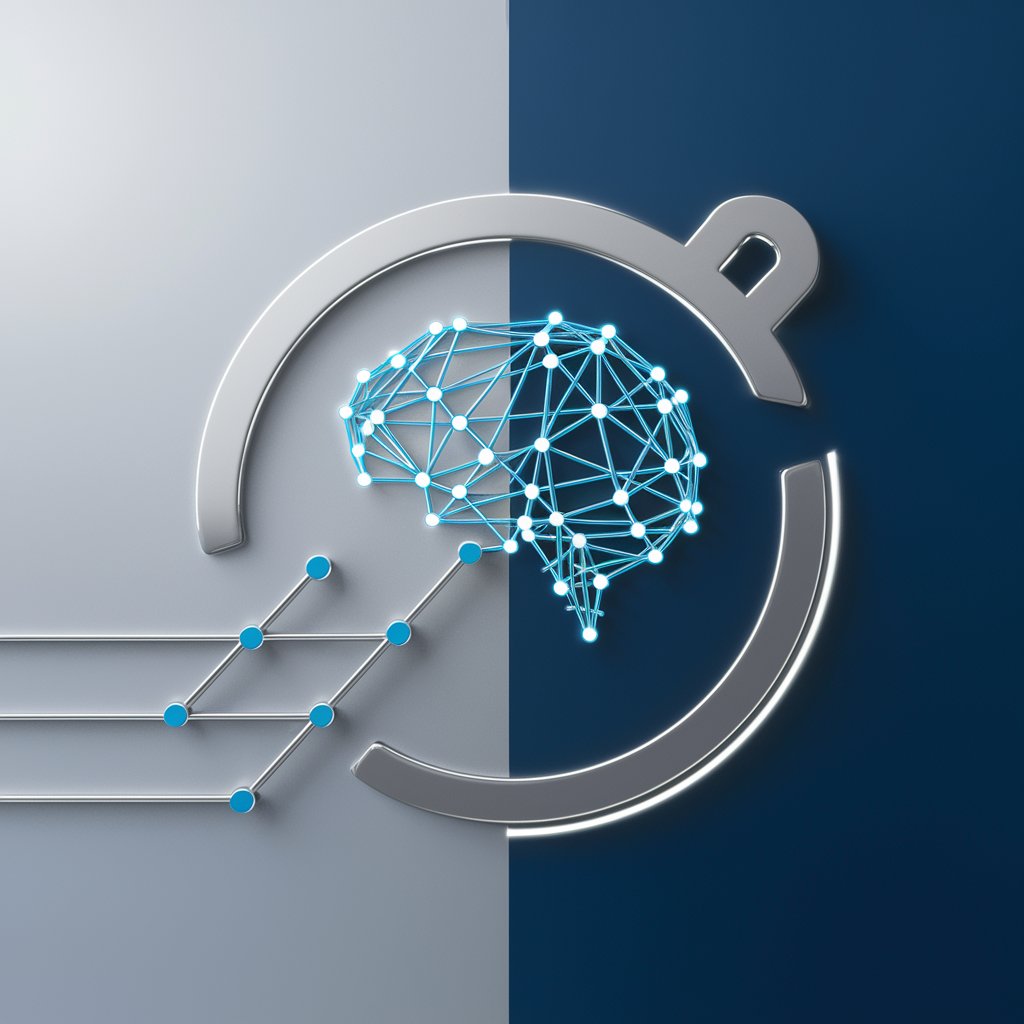
SEO Meta Wizard
Elevate Your SEO Game with AI

Diamond Guide
Empowering your jewelry journey with AI

Frequently Asked Questions About Math Guide
Can Math Guide help with homework assignments?
Absolutely. Math Guide can assist in solving homework problems, explaining mathematical concepts, and providing step-by-step solutions to enhance your understanding.
Does Math Guide cover university-level mathematics?
Yes, Math Guide is equipped to handle topics from basic arithmetic to university-level courses such as calculus, linear algebra, and differential equations.
Can I improve my test scores using Math Guide?
Definitely. By practicing with the questions and explanations provided by Math Guide, you can improve your understanding and problem-solving skills, potentially leading to better test scores.
How does Math Guide handle complex problems with diagrams?
Math Guide allows you to upload images of complex problems, including those with diagrams. This feature helps in providing precise solutions and explanations tailored to the visual aspects of the problem.
Is Math Guide suitable for all age groups?
Yes, Math Guide is designed to be accessible and useful for learners of all ages, from young students just starting out with basic math to adults looking for advanced mathematical understanding.

